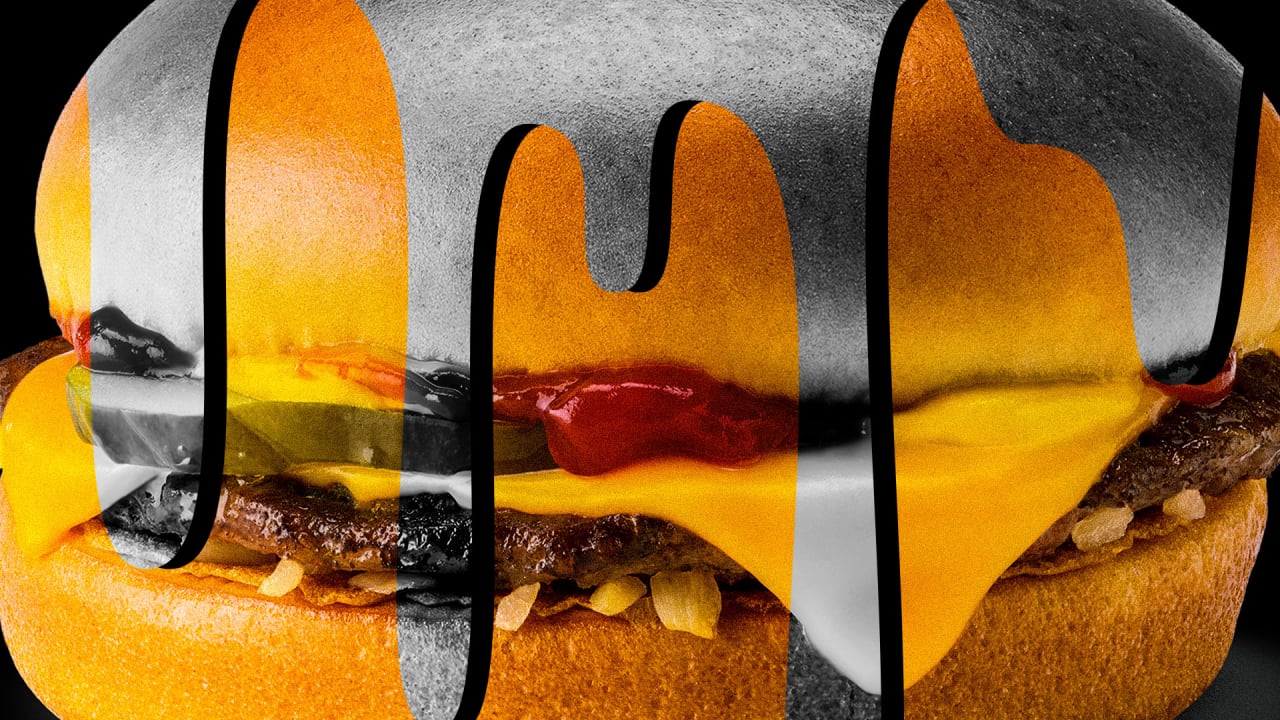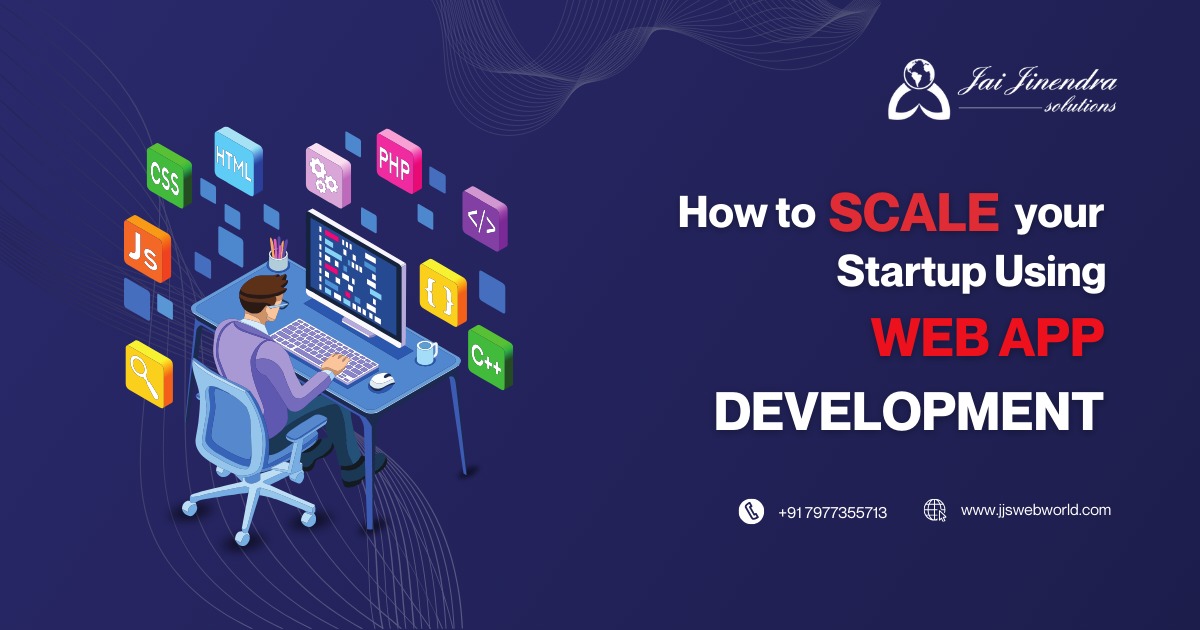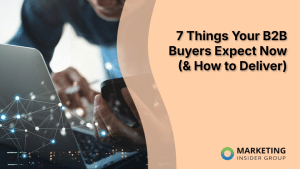Top 10 PPC Advertising Strategies to Maximize Your ROI
Pay-per-click (PPC) advertising can rapidly boost visibility, but success depends on strategy. With so many moving parts — from keywords to landing pages — even small missteps can drain your budget. Whether you’re managing your own campaigns or working with an agency, optimizing each element can make a major difference in performance and ROI. Quick […]
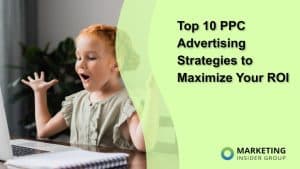
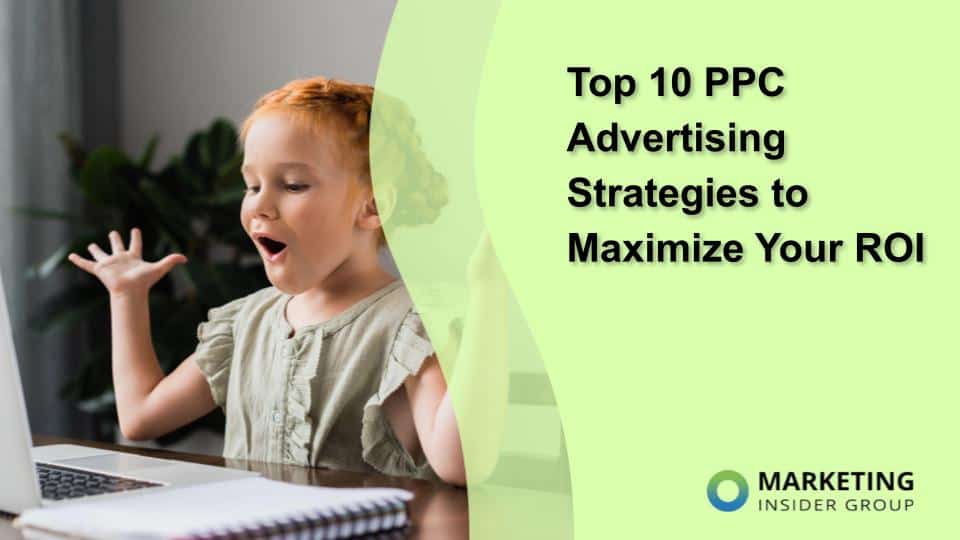
Pay-per-click (PPC) advertising can rapidly boost visibility, but success depends on strategy. With so many moving parts — from keywords to landing pages — even small missteps can drain your budget. Whether you’re managing your own campaigns or working with an agency, optimizing each element can make a major difference in performance and ROI.
Quick Takeaways:
- Automated bidding saves time and improves performance — use Google’s AI to adjust bids in real-time.
- Video ads offer high engagement and strong click-through rates — especially on YouTube and social platforms.
- First-party data is gold — collect and use it to personalize campaigns and maintain performance in a post-cookie world.
- Negative keywords are just as valuable as your target keywords — they protect your budget.
- Your landing page needs to match your ad — alignment is key for conversions.
1. Use AI-Powered Bidding to Stay Competitive
Manual bidding is time-consuming and often ineffective in today’s fast-paced ad environment. Google Ads’ Smart Bidding automates the process using machine learning to optimize for conversions. Here’s why it works:
- Smarter use of your budget across campaigns: Smart Bidding reallocates spend to where it’s most likely to drive results, improving overall return on ad spend.
- Bids adjusted by device, location, time, and user behavior: The system reacts instantly to real-time signals, showing your ads when and where they’re most effective.
- More efficient scaling as your campaigns grow: Automation handles complexity as spend and volume increase, keeping performance consistent without extra manual work.
- Focus on strategy while the platform optimizes execution: This shift frees up time to refine creative, explore new audiences, or expand into additional markets.
Instead of manually testing bids across various conditions, you can focus on strategy while the platform optimizes execution.

2. Build Segmented Campaigns for Precision
Lumping all users into one campaign limits your ability to speak directly to their needs. Instead, break your audiences down by behavior, demographics, or funnel stage. Try segmenting by:
- New vs. returning visitors: First-time users may need education or trust-building content, while returning visitors might respond better to limited-time offers or product reminders.
- Users who abandoned carts: Tailor your messaging to address objections or incentivize a return visit—like offering free shipping, highlighting reviews, or showcasing the item again.
- Geo-targeting by region or city: Customize ads with local references, store availability, or region-specific promotions to make your campaigns feel more personalized and timely.
- Device type (desktop vs. mobile): Mobile users often browse on the go, so focus on speed, clarity, and mobile-optimized experiences, while desktop users might respond to more in-depth content.
Once segmented, craft unique messaging, landing pages, and offers for each group to increase relevance and conversion rates.
3. Prioritize High-Intent Keywords
Broad match terms might increase visibility, but they’re rarely the most cost-effective. Focus your PPC advertising strategies on high-intent, transactional keywords that signal the user is ready to take action. High-intent keyword phrases:
- “Buy [product] now”
- “[Service] near me”
- “Schedule [service] online”
- “Get [product/service] quote”
Use phrase match or exact match for better control, and review search terms reports regularly to filter out low-intent clicks.
4. Use Responsive Search Ads to Expand Reach
Responsive Search Ads (RSAs) allow you to enter multiple headlines and descriptions — Google automatically tests and combines them based on user intent and performance data. Best practices include:
- Multiple keyword variations
- Write unique headlines that serve different user needs
- Use emotional and benefit-driven messaging alongside feature highlights
Google gives preference to RSAs because they offer a better experience, which means your ad rank and CTR will likely improve.
5. Make Video a Key Part of Your Strategy
Short-form video ads on YouTube and social platforms drive engagement and conversions — especially for product-focused or demo-based offers. Ideas for PPC video content:
- Quick product walkthroughs: Highlight key features, show the product in action, and demonstrate how it solves a problem—ideal for boosting purchase intent in a short time frame.
- Customer testimonials: Let real users tell their stories on camera to build trust, overcome skepticism, and provide social proof that resonates with potential buyers.
- Time-sensitive promotions: Use countdowns, flash sale graphics, or urgent messaging to drive immediate clicks and capitalize on fear of missing out (FOMO).
- Behind-the-scenes content: Give a peek into your process, team, or brand story to humanize your business and create a more authentic connection with your audience.
Videos can work across YouTube, Google Display Network, Instagram, and even TikTok for broader reach.

6. Optimize Landing Pages for Ad Relevance
Getting a click isn’t the same as getting a customer. A disconnected landing page kills conversions.
To improve alignment between ads and landing pages:
- Use consistent messaging, keywords, and visuals
- Keep the page focused on one CTA (no clutter!)
- Improve mobile experience — fast loading, thumb-friendly buttons
- Highlight trust signals like reviews or guarantees
A/B test variations regularly and use heatmaps to spot friction points in your layout.
7. Use Negative Keywords to Cut Waste
Every irrelevant click costs you money. Building a negative keyword list prevents your ads from showing for search queries that don’t match your offer. Common types of negative keywords:
- Job seekers (“careers,” “salary,” “internships”)
- DIY/budget-related searches (“free,” “cheap,” “how to”)
- Irrelevant locations or industries
Set negatives at the campaign or ad group level and monitor your search terms report weekly.
8. Use Ad Extensions to Increase Visibility
Ad extensions provide more real estate and context — making your ad more attractive without added cost. Effective extensions to include:
- Sitelinks to drive clicks to specific services: Direct users to high-converting pages like “Free Consultation,” “Pricing,” or “How It Works” to reduce friction and shorten the buyer’s journey.
- Call extensions for mobile-heavy audiences: Add a tap-to-call button so potential customers can contact you instantly—ideal for service businesses or local companies with strong phone conversion rates.
- Structured snippets to showcase product categories or service features: Highlight things like “Types of Coverage,” “Available Models,” or “Treatment Options” to give users a quick sense of your offerings.
- Price extensions to highlight competitive offers: List starting prices, package deals, or discounts directly in your ad, attracting budget-conscious users and setting expectations before the click.
Extensions can increase CTR by making your ad more informative at first glance.
9. Track Micro-Conversions, Not Just Sales
Don’t wait for a purchase to measure success. Micro-conversions — like downloads, newsletter signups, or time on page — indicate that a user is moving through the funnel. Key micro-conversions to track:
- Clicks on contact buttons: Monitor how often users engage with “Contact Us,” “Schedule a Demo,” or “Request Info” buttons to gauge interest before they convert.
- Add-to-cart events: Identify how many users show buying intent even if they don’t complete checkout—useful for retargeting and optimizing your checkout process.
- Scroll depth: Understand how far users make it down your landing pages to pinpoint where interest drops off or where stronger CTAs are needed.
- Time spent on landing pages: Track dwell time to see which pages are keeping users engaged and which might need clearer messaging or faster load times.
Use Google Tag Manager or platform-specific tools to track engagement and refine your strategy accordingly.
10. Always Be Testing (ABT)
PPC success doesn’t come from a set-it-and-forget-it mentality. Small changes in copy, color, layout, or offer can create measurable improvements. Elements to A/B test regularly:
- Headlines and descriptions: Test variations that focus on different value propositions—like price, speed, or trust—to see what resonates most with your audience.
- CTA button color or text: Experiment with colors that contrast your background and phrases like “Get Started” vs. “Claim Your Offer” to improve click-through rates.
- Images or product thumbnails: Swap out visuals to test lifestyle imagery against product close-ups or user-generated content versus studio shots.
- Promotional offers: Compare “10% off” versus “Free shipping” or limited-time deals to learn what motivates your target audience to act.
Set a clear hypothesis, run tests long enough for statistical significance, and keep refining.
Putting It All Together
PPC campaigns thrive on precision, speed, and clarity. Every dollar should have a job, and every strategy should serve a clear goal — from keyword targeting to landing page design. These 10 PPC advertising strategies help refine your approach, cut waste, and improve how every click contributes to ROI. Whether you’re running a lean campaign or managing a portfolio of clients, smart adjustments compound over time. Regular testing, strong creative, and tighter audience alignment are what turn clicks into conversions — and conversions into sustainable growth.
Need to revamp your strategy, dig into your data, or test new ad formats? Start with one of the takeaways above, measure impact, and build from there.
If you’re unsure where to begin in your PPC advertising, Marketing Insider Group offers specialized services to create content, manage campaigns, and engage with your audience. Contact us today to learn more or book your free consultation with our team!








